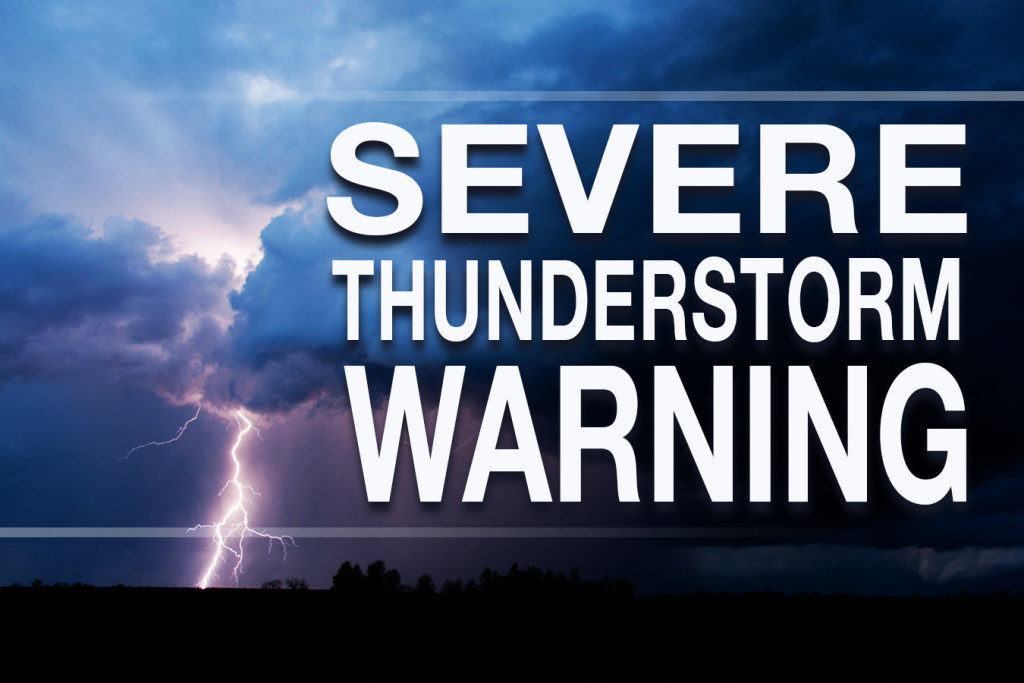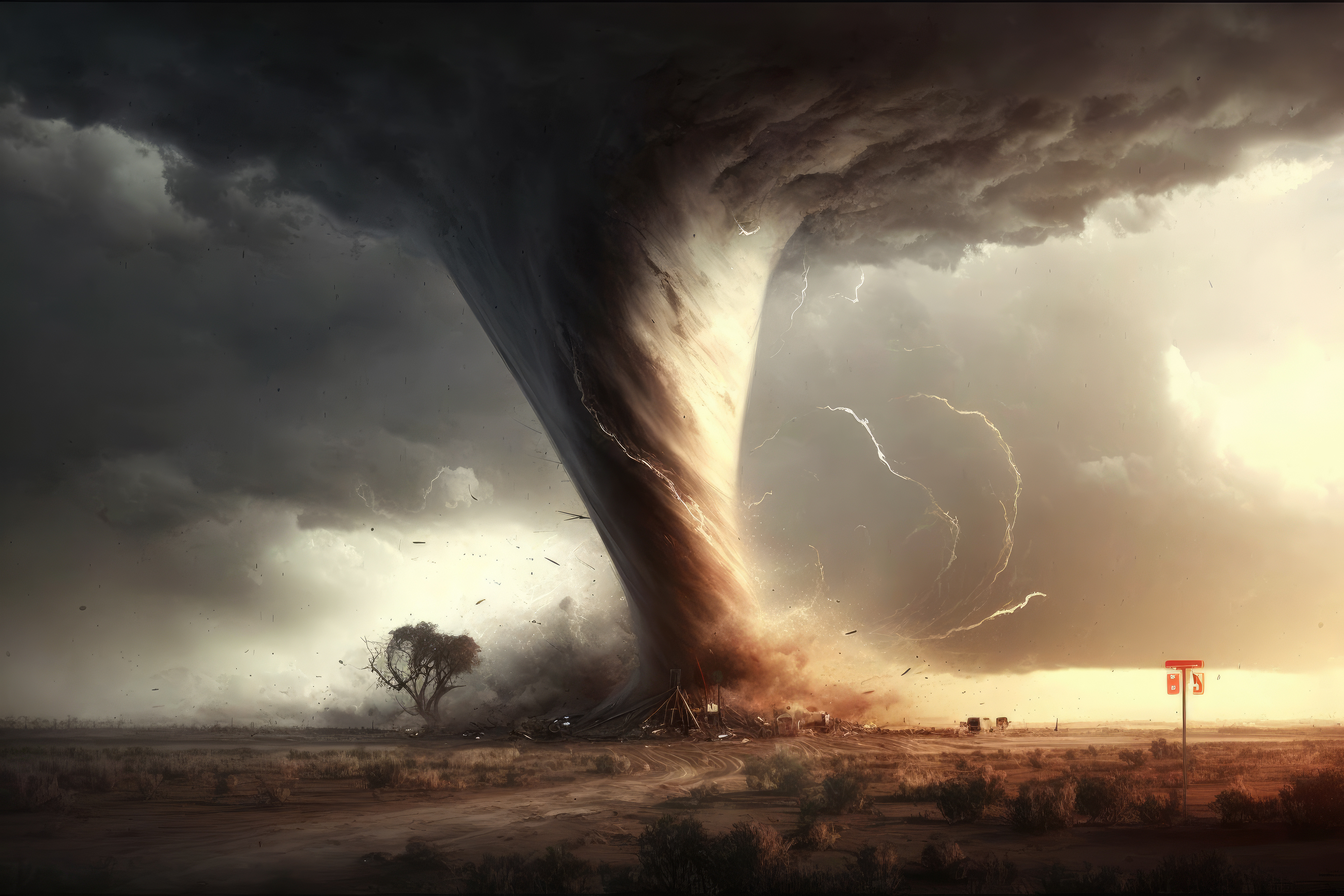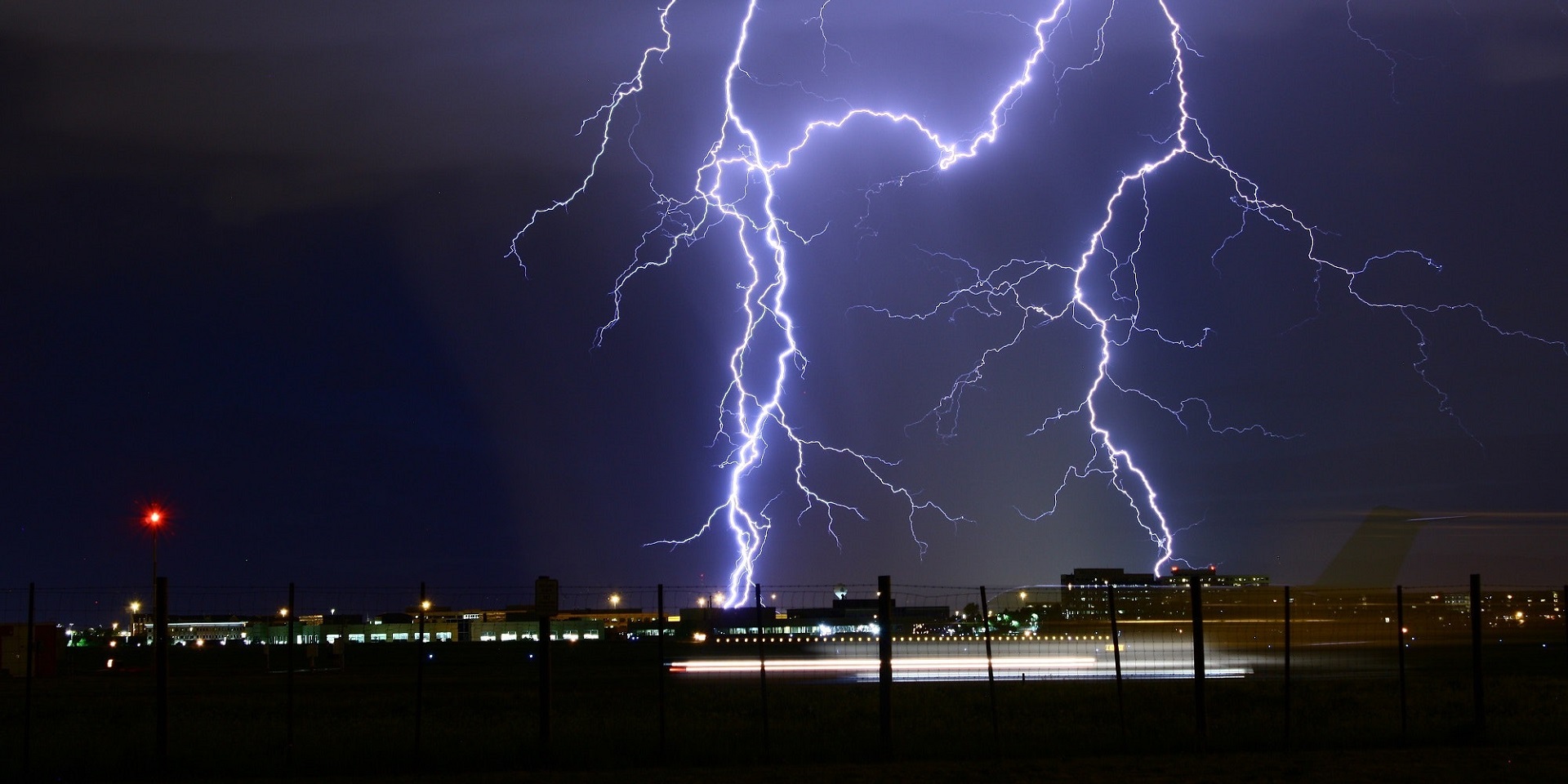Severe Thunderstorm Warning: Understanding The Dangers and How To Stay Safe
6 min read
Severe Thunderstorm Warning: Understanding the Dangers and How to Stay Safe
Boom! Crash! Flash! The sound of thunder echoed through the sky, followed by an electrifying burst of lightning. It’s a scene straight out of a summer blockbuster, but what happens when these powerful forces of nature become more than just entertainment? Enter the severe thunderstorm. This mighty meteorological phenomenon can pack quite a punch, leaving destruction in its wake. In this blog post, we’ll dive into the world of severe thunderstorms, exploring their various types and discussing how to stay safe when faced with their imminent danger. So grab your umbrella and buckle up – it’s time to weather this storm together!
What is a severe thunderstorm?
What is a severe thunderstorm? Well, my friend, it’s not your ordinary run-of-the-mill storm. It’s like the heavyweight champion of weather events, flexing its muscles and unleashing its fury upon unsuspecting towns and cities. Picture this: dark clouds swirling ominously in the sky, wind gusts reaching hurricane force, torrential rains pouring down like there’s no tomorrow. That’s a severe thunderstorm for you.
But what sets it apart from your typical afternoon rain shower? One word: intensity. A severe thunderstorm packs an impressive punch with its powerful winds that can reach speeds of over 58 miles per hour! These high winds are accompanied by intense lightning strikes that illuminate the sky with their fiery brilliance.
Now, don’t be fooled into thinking that all thunderstorms are created equal. In fact, there are five different types of thunderstorms: single-cell storms, multi-cell cluster storms, multi-cell line storms, supercell storms (the granddaddy of them all), and squall line storms (a long line of fierce storm cells). Each type has its own unique characteristics and potential for destruction.
So why should we care about these menacing meteorological marvels? Well, my friend, they come bearing gifts – destructive gifts. Severe thunderstorms can cause significant damage to buildings and infrastructure through strong winds and hailstones the size of golf balls or even larger! Not to mention the havoc they wreak on power lines leading to widespread blackouts in affected areas.
But wait…there’s more! This tempestuous beast brings along heavy rainfall that can lead to flash floods in low-lying areas faster than you can say “rain boots.” And let’s not forget about tornadoes – those spinning vortexes born out of intense atmospheric instability often associated with severe thunderstorms.
In conclusion (oops! I almost slipped up there), a severe thunderstorm is no joke. It demands our attention and respect. Understanding the different types of thunderstorms and their potential dangers is
The five types of thunderstorms
When it comes to thunderstorms, there are actually five different types that can occur. Each type has its own unique characteristics and potential dangers. Let’s take a closer look at these five types of thunderstorms:
1. Single-cell Thunderstorms: These are the most common type of thunderstorm and typically last less than an hour. They form when warm air rises quickly and condenses into towering cumulus clouds. While they may produce heavy rain, gusty winds, lightning, and even small hail, their overall impact is usually limited.
2. Multicell Thunderstorms: This type consists of a cluster of individual cells that move together as a group. They tend to be more organized and longer-lasting than single-cell storms. Multicell thunderstorms often produce heavy rainfall, frequent lightning strikes, strong winds (including downdrafts), and sometimes large hail.
3. Squall Line Thunderstorms: A squall line is a long line of intense thunderstorms that form along or ahead of a cold front or in unstable air mass conditions. These storms can stretch for hundreds of miles and bring widespread severe weather including damaging straight-line winds with gusts over 50 knots (about 58 mph) or even tornadoes.
4. Supercell Thunderstorm: Supercells are the most powerful type of thunderstorm characterized by rotating updrafts called mesocyclones.
They have distinct features like an organized structure with an overshooting top which is indicative of their strength.
Responsible for producing some violent tornado outbreaks, supercells also generate large hailstones, strong downbursts, and flash flooding.
5. Training Thunderstorm: Training refers to multiple cells forming one after another over the same area, resulting in repeated rounds of heavy rainfall.
These storms often occur near stationary fronts or areas where warm moist air flows into cooler air masses.
A training storm can cause excessive rainfall leading to flash floods, and if it persists, for longer periods, huge amounts of rainfall can cause rivers to overflow their banks.
Understanding the different types of
What are the dangers of a severe thunderstorm?
Severe thunderstorms can pose a range of dangers that are important to understand in order to stay safe. One of the primary risks associated with these storms is strong winds. These winds can reach speeds of over 50 miles per hour, causing extensive damage to buildings, trees, and power lines. Falling debris from damaged structures or uprooted trees can also be hazardous.
Another danger during severe thunderstorms is hail. Hailstones can vary in size from small pellets to large chunks the size of golf balls or even larger. When these icy projectiles fall from the sky at high speeds, they have the potential to cause significant property damage and injury.
In addition to wind and hail, severe thunderstorms often produce intense lightning activity. Lightning strikes can start fires and cause electrical surges that may lead to power outages or damage electronic devices.
Flooding is yet another danger associated with severe thunderstorms. Heavy rainfall within a short period of time can overwhelm drainage systems and lead to flash floods. These rapid-onset floods pose a serious threat not only because of their strength but also because they often catch people off guard.
Tornadoes are sometimes spawned by severe thunderstorms. Tornadoes are violent rotating columns of air that can devastate everything in their path, including homes, vehicles, and infrastructure.
Understanding these dangers is crucial for staying safe during severe thunderstorm events. By being aware of the potential risks posed by high winds, hailstones, lightning strikes, flooding, and tornadoes, you’ll be better prepared to protect yourself and your loved ones when faced with such situations
How to stay safe during a severe thunderstorm
Staying safe during a severe thunderstorm is crucial to protect yourself and your loved ones from potential dangers. Here are some important tips on how to stay safe when faced with a severe thunderstorm warning:
1. Seek shelter: The first step is to find a sturdy shelter immediately. Get indoors and stay away from windows, doors, and any electrical appliances or outlets.
2. Avoid water sources: Don’t take a shower, wash dishes, or do laundry during a thunderstorm as lightning can travel through plumbing systems. Also, avoid swimming pools, lakes, or any other bodies of water.
3. Stay off electronics: Unplug electronic devices before the storm arrives to prevent damage from power surges caused by lightning strikes.
4. Have an emergency kit ready: Prepare an emergency kit that includes essentials such as flashlights, batteries, a first aid kit, bottled water,
non-perishable food items, and any necessary medications.
5. Stay informed: Keep track of weather updates through reliable sources like local news stations or the National Weather Service so you can be aware of any changes in the storm’s intensity or trajectory.
6. Secure outdoor objects: Bring inside loose objects like patio furniture, garden tools,
and toys that may pose risks if picked up by strong winds.
7. Watch out for flooding:
Be cautious about potential flooding in low-lying areas and avoid driving through flooded roads.
Remember “Turn Around Don’t Drown”.
8. Stay calm:
During the storm remain calm
and reassure others around you.
Avoid going outside until it is determined safe to do so.
By following these safety measures, the risk associated with severe thunderstorms can be minimized significantly.
It’s always better to prioritize safety over everything else when it comes to unpredictable natural events like severe thunderstorms.
Stay prepared, know what actions need, to be taken, and keep yourself updated,
so that you can face these situations confidently!
Remember, taking precautions today will have a positive impact on your safety tomorrow. Stay safe!






